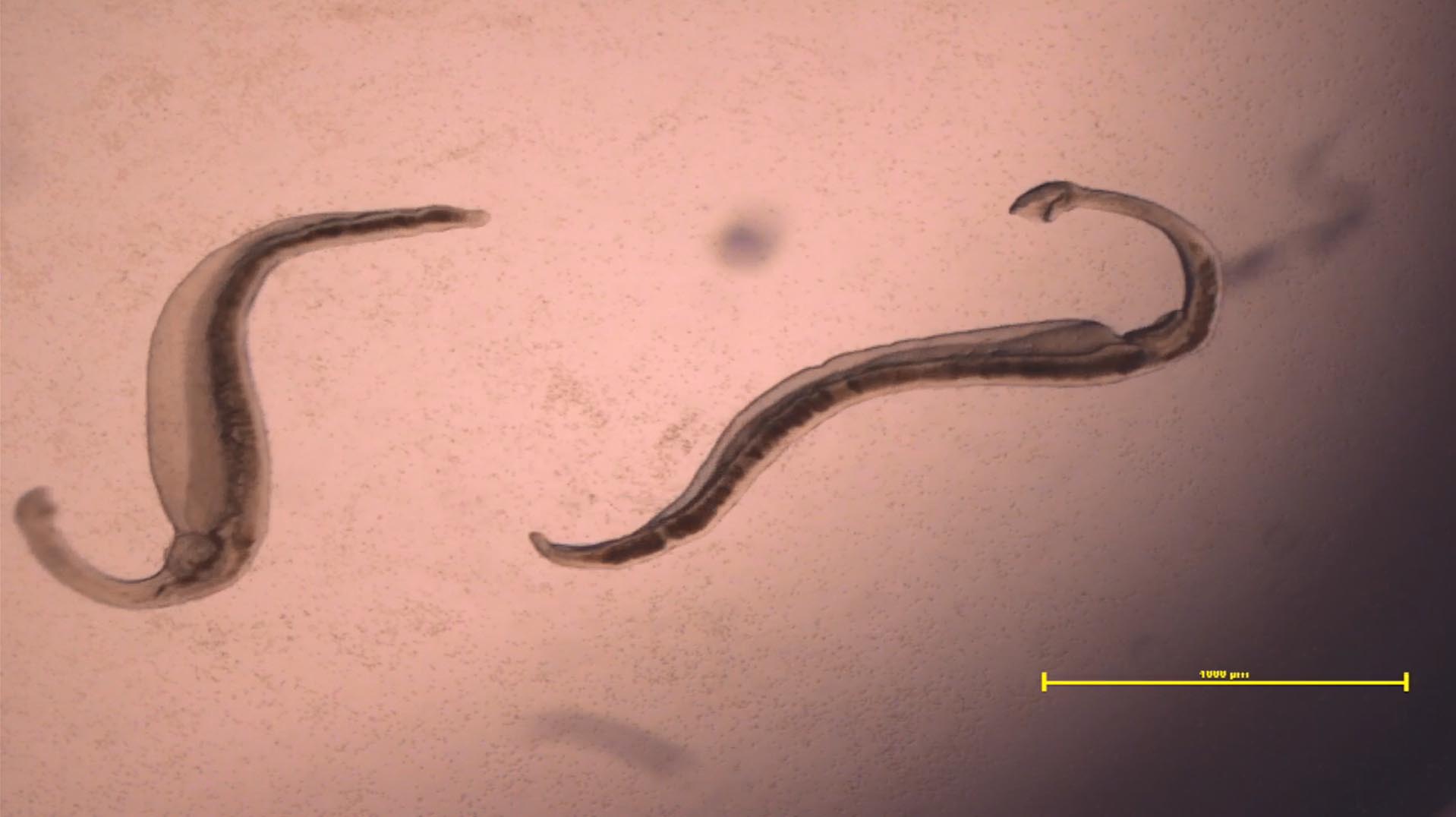Schistosomiasis is a disease caused by parasitic worms called schistosomes. It is also known as bilharzia or snail fever. This disease is common in tropical and subtropical regions where contaminated water sources are prevalent. Understanding the causes, symptoms, and treatment options for schistosomiasis is crucial for prevention and management.
Causes of Schistosomiasis
Schistosomiasis is caused by infection with schistosome parasites. These parasites have a complex life cycle that involves freshwater snails as intermediate hosts. The main species responsible for human infection are Schistosoma mansoni, Schistosoma haematobium, and Schistosoma japonicum.
The lifecycle of the schistosome begins when eggs are released into freshwater sources through the urine or feces of infected individuals. Once in water, the eggs hatch, and the larvae (cercariae) infect freshwater snails. Inside the snails, the larvae multiply and eventually leave the snail as infectious cercariae. These cercariae can penetrate the skin of humans who come into contact with contaminated water while swimming, bathing, or working in fields.
Symptoms of Schistosomiasis
The symptoms of schistosomiasis can vary depending on the species of schistosome involved and the stage of the infection. Some common symptoms include:
-
Initial stage (acute phase): Within days of infection, individuals may experience fever, chills, cough, muscle aches, and fatigue. This phase is often referred to as Katayama fever.
-
Chronic stage: If left untreated, the infection can progress to the chronic phase, which is characterized by symptoms such as abdominal pain, diarrhea, blood in the urine (hematuria), and enlarged liver and spleen. In some cases, schistosomiasis can lead to severe complications such as liver damage, kidney failure, and bladder cancer.
It’s important to note that not everyone infected with schistosomiasis will experience symptoms. However, even asymptomatic individuals can spread the infection to others.
Diagnosis and Treatment Options
Diagnosing schistosomiasis typically involves a combination of clinical assessment, laboratory tests, and imaging studies. Laboratory tests such as stool or urine examination can detect the presence of schistosome eggs. Imaging techniques like ultrasound may be used to assess organ damage caused by the infection.
Treatment for schistosomiasis usually involves antiparasitic medications such as praziquantel. This medication is effective against all major species of schistosomes and is often given as a single dose. In cases of severe infection or complications, additional medical interventions may be necessary to manage symptoms and prevent further damage.
Preventive measures play a crucial role in controlling schistosomiasis. These measures include:
- Avoiding contact with contaminated freshwater sources, especially in endemic areas.
- Practicing good hygiene, such as washing hands with clean water and soap.
- Educating communities about the risks of schistosomiasis and promoting behavior changes to reduce exposure.
- Implementing snail control measures in water bodies to reduce the population of intermediate hosts.








